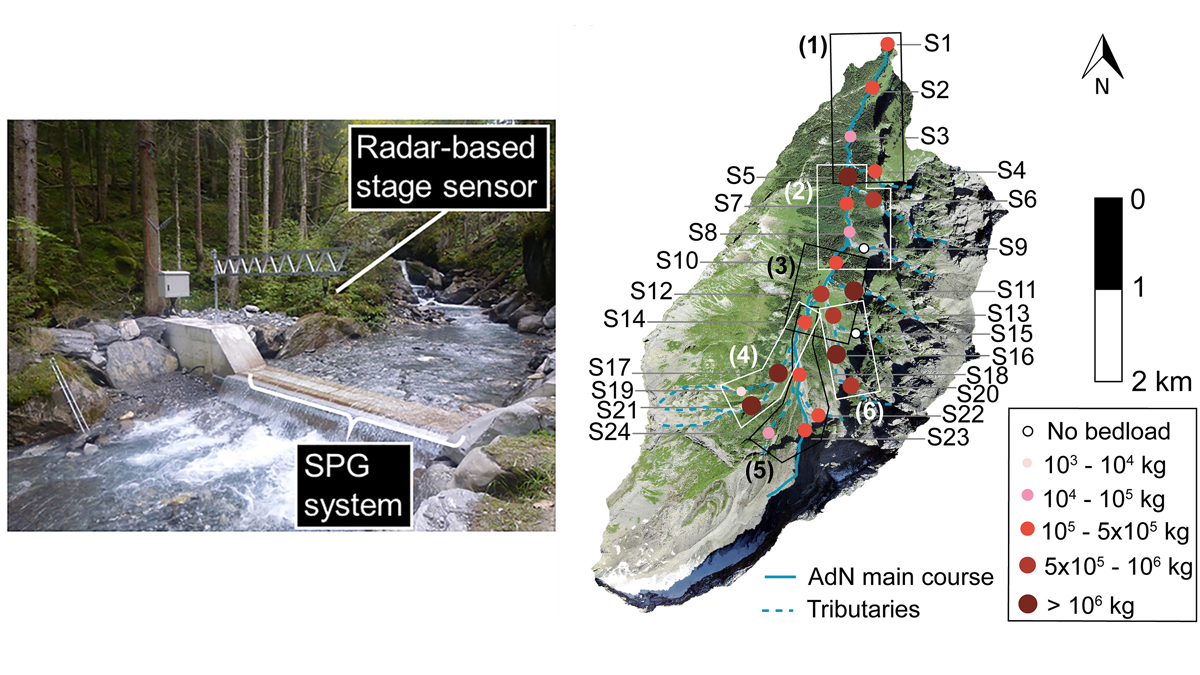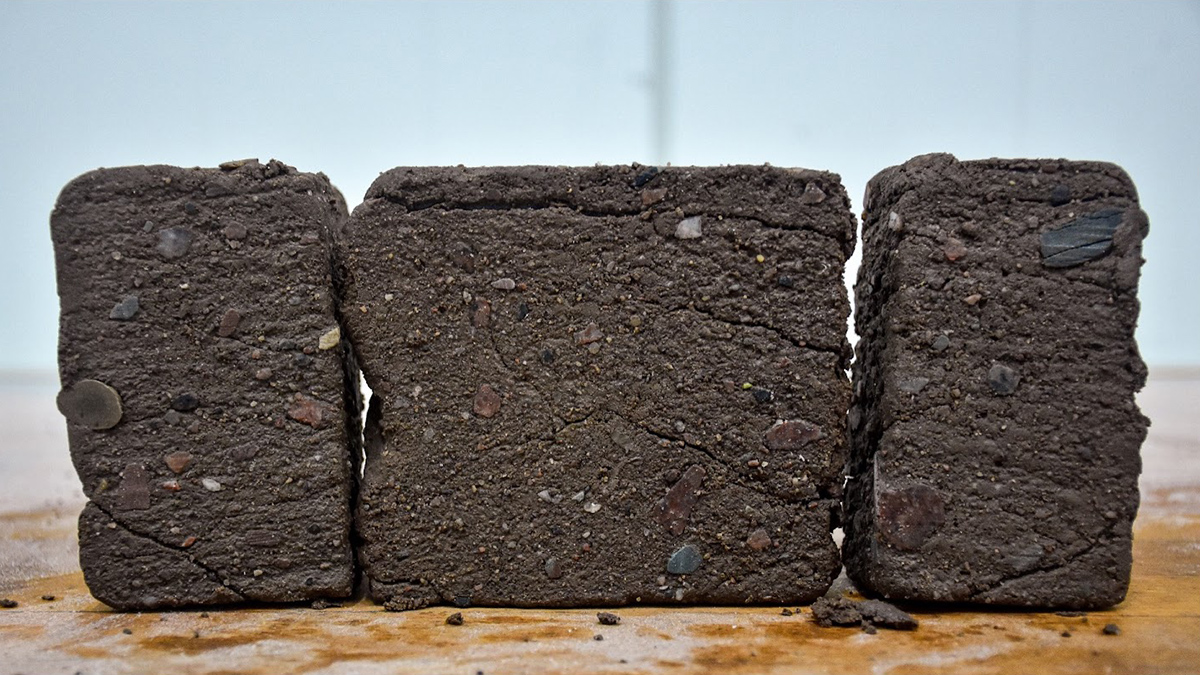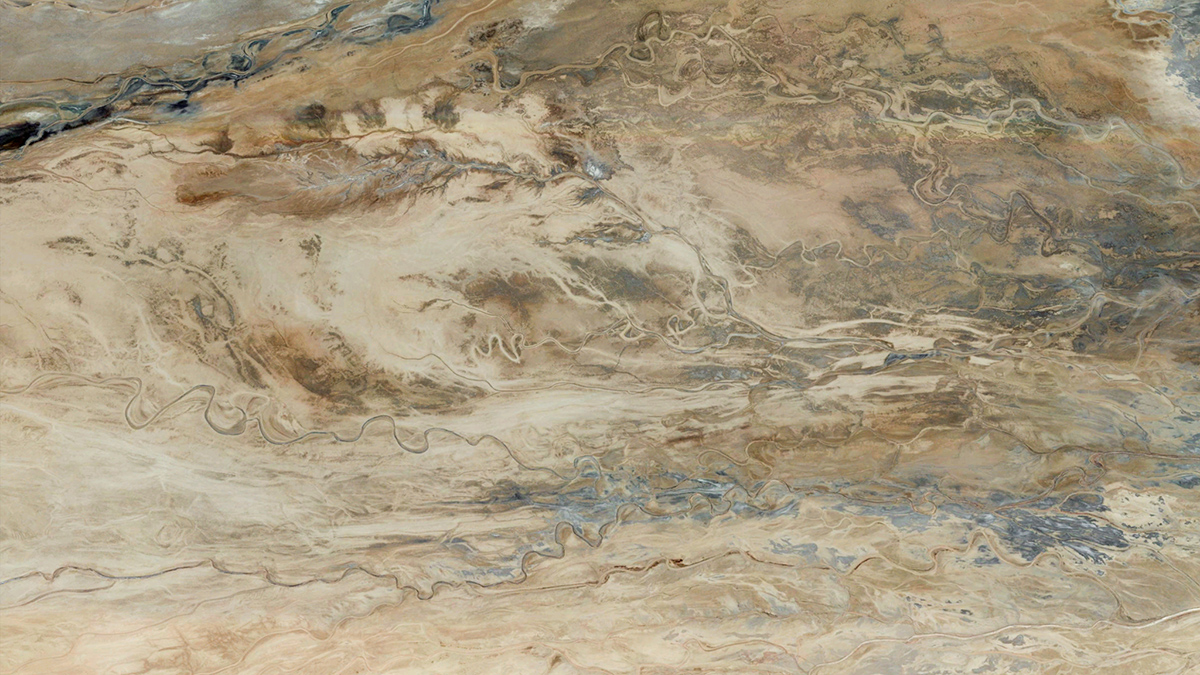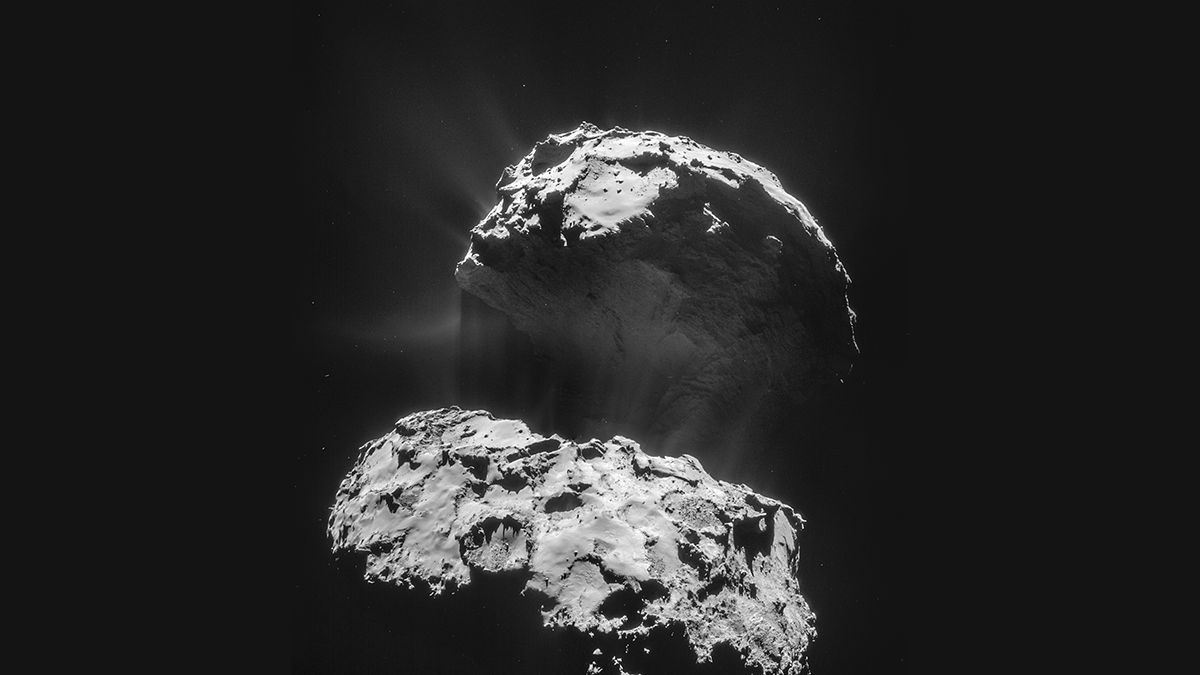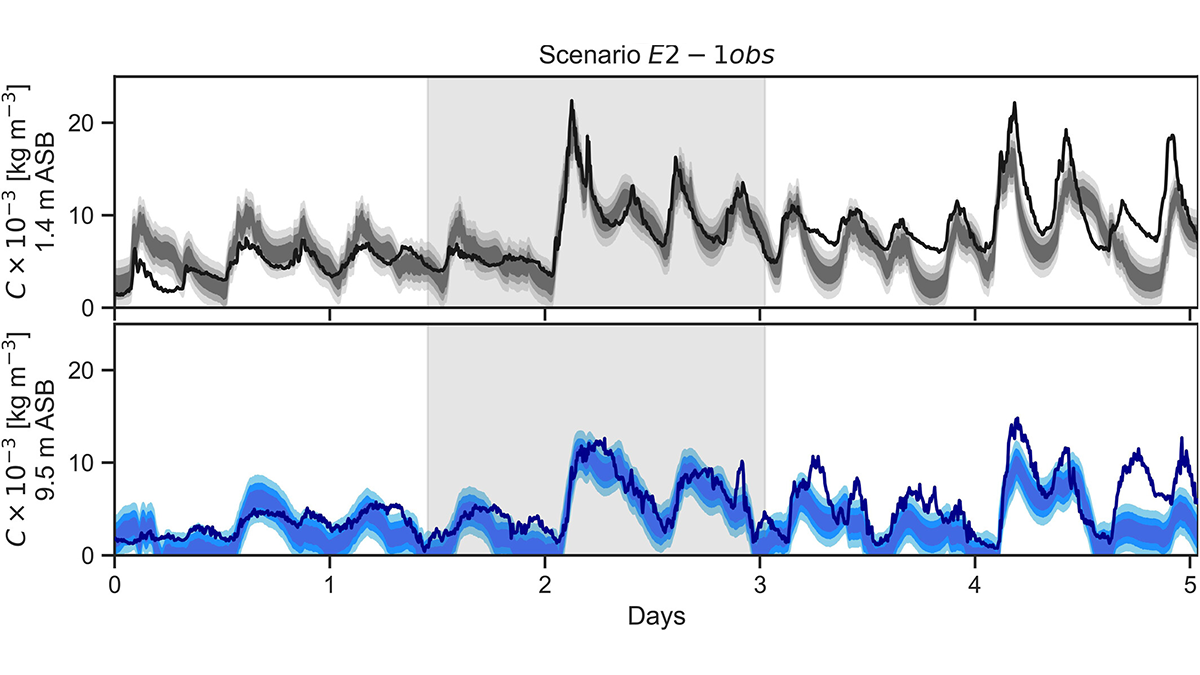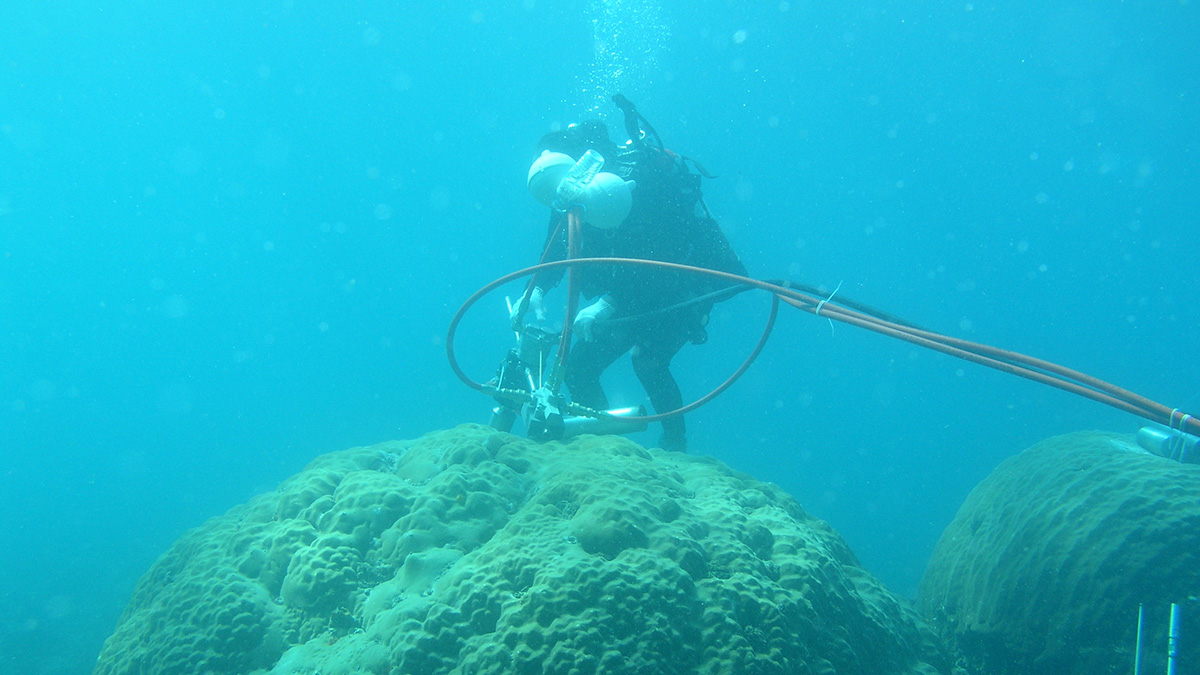Bedload sediment, transported throughout an alpine catchment by a flood, was remotely tracked in detail by analyzing the ground vibrations recorded by a network of 24 seismic sensors.
sediments
Greenland Was Much Greener 416,000 Years Ago
A fresh analysis of a historic ice core has revealed evidence of a much smaller ice cap.
La chimie du corail reflète l’expansion économique d’Asie du Sud-Est
Les sols en érosion en raison du développement économique ont transporté des sédiments en mer de Chine méridionale… et jusque dans le squelette corallien.
A Massive Landslide Beheaded One of the World’s Highest Peaks
Annapurna IV toppled in a Himalayan landslide, and scientists finally figured out when and how it happened.
Scientists Discover a Way of Forming Suspended Layers of Sediment
Laboratory experiments suggest that underwater gas eruptions—due to the venting of gas hydrates, for example—could trigger the formation of layers of suspended sediment in the ocean.
Mud Could Have Made Meandering Rivers Long Before Plants Arrived
New evidence from 1.2-billion-year-old rocks suggests that single, sinuous channels could have formed in muddy floodplain sediments without the stabilizing help of vegetation.
Dancing Dust on Comet 67P/Churyumov-Gerasimenko
Cometary activity moves sediments over the surface of 67P/Churyumov-Gerasimenko, with long-term sinks near the poles of the comet.
Specious Timescales from Sedimentary Layers
Changing environments can dramatically change how quickly layers form in sedimentary rocks, leading to incorrect time estimates.
Using Bayesian Inference to Improve Sediment-Transport Models
A new Bayesian approach is used for the estimation and uncertainty quantification of unobservable parameters required to model tracer evolution in ocean sediment transport and tracer concentrations.
La química de los corales refleja la expansión económica del sudeste asiático
La erosión del suelo derivada del desarrollo económico mueve sedimentos hacia el mar del sur de China y también hacia los esqueletos de los corales.

